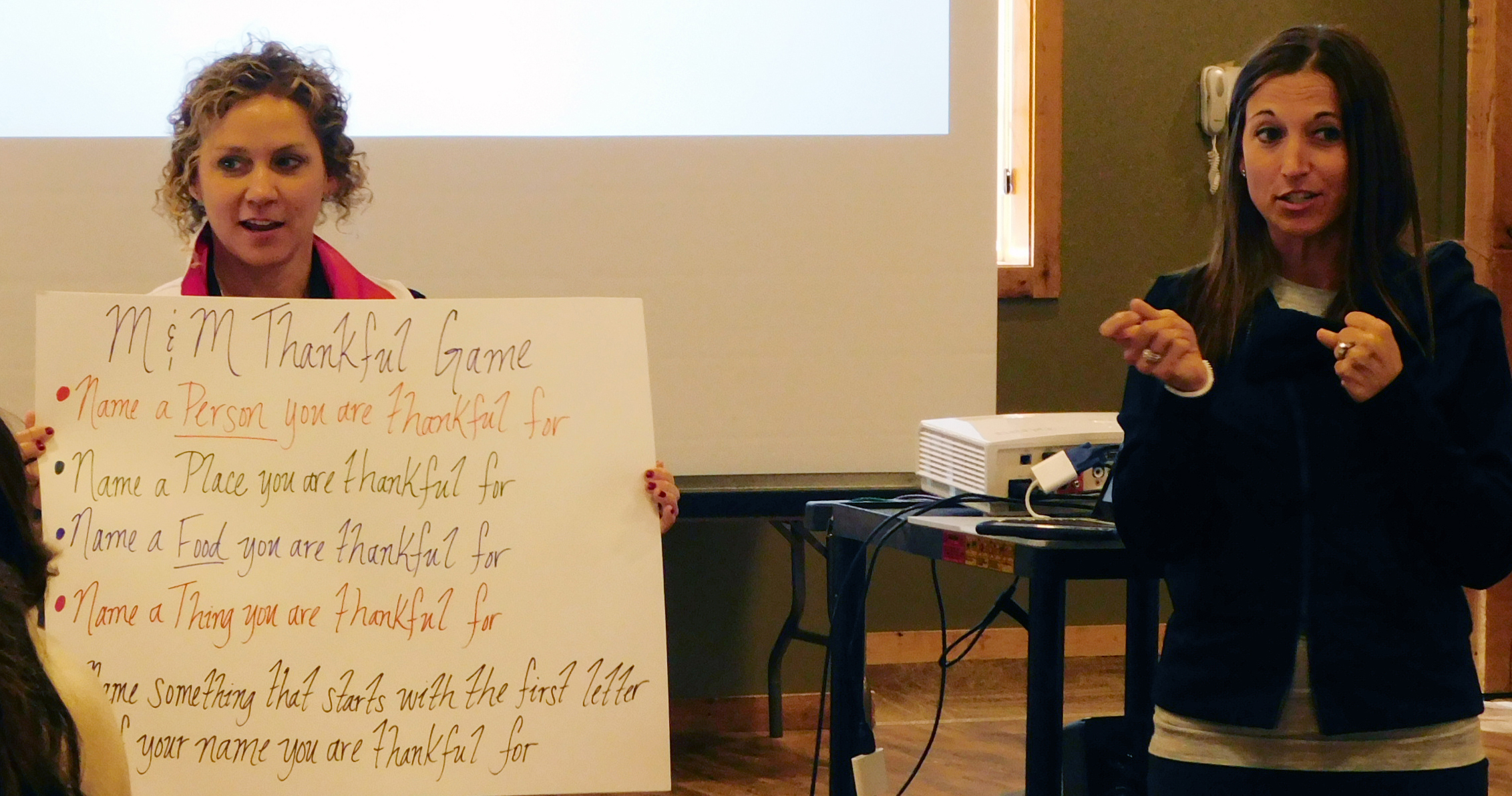Children, Families, and the Law, Center on

Center on Children, Families, and the Law: Faculty Publications
Document Type
Article
Date of this Version
5-2003
Citation
OJJDP Juvenile Justice Bulletin, May 2003
Abstract
Rates of crime and delinquency vary widely across communities, and research going back many decades provides a good understanding of the nature, correlates, and probable causes of these community differences. Unfortunately, previous studies have been limited in an important way. Virtually all studies of communities and crime are based on large urban areas, almost totally excluding nonmetropolitan areas—that is, rural areas and smaller cities and towns. The findings in this Bulletin help to fill some gaps in the research by examining variations in rates of juvenile violence across nonmetropolitan communities in Florida, Georgia, Nebraska, and South Carolina.
Social disorganization is the primary theory by which criminologists account for rates of crime in urban communities. If this theory also applies to rural settings, then what is known about crime in urban areas can provide a basis for developing programs that address the problem of delinquency in smaller communities. The research presented in this Bulletin indicates that the principles of social disorganization theory hold up quite well in rural settings. As in urban areas, rates of juvenile violence are considerably higher in rural communities that have a large percentage of children living in single-parent households, a high rate of population turnover, and significant ethnic diversity. These factors, it should be noted, are statistical correlates and not causes of such violence; nor are they the only correlates.
Included in
Counseling Commons, Place and Environment Commons, Rural Sociology Commons, Social Control, Law, Crime, and Deviance Commons


Comments
Published by U.S. Department of Justice, Office of Justice Programs, Office of Juvenile Justice and Delinquency Prevention